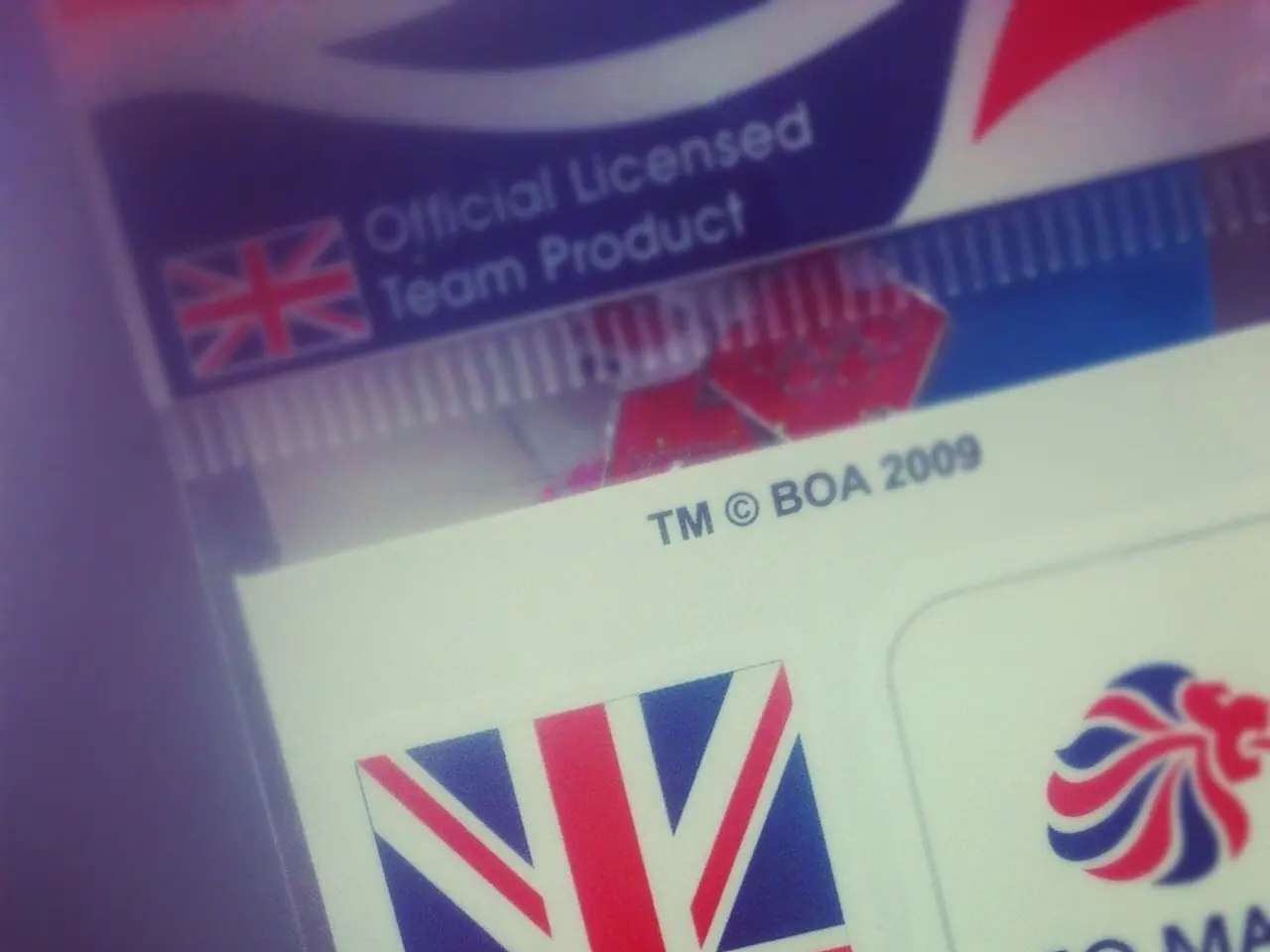Potential Hazards for Pregnant Women and Cat Litter: An Essential Safety Notice
Protecting Yourself and Your Baby from Toxoplasmosis
Toxoplasmosis is a parasitic infection caused by the Toxoplasma gondii microbe. Pregnant women are more at risk of contracting this infection than the general population, and it can pose a danger to the unborn child. Here are some key precautions to minimize the risk of toxoplasmosis infection during pregnancy.
Cats and Their Litter Boxes
If you own a cat, especially an outdoor one, it's essential to take extra precautions. Toxoplasma gondii can be shed by cats in their feces, so keeping the litter box clean is crucial in preventing infection.
- Avoid changing the litter box if possible; have someone else do it to eliminate contact with potentially contaminated cat feces. If you must clean the litter box, wear disposable or rubber gloves to prevent direct skin contact with the feces, and thoroughly wash your hands with soap and water afterward.
- Clean the litter box daily, as Toxoplasma gondii oocysts take 1-5 days after being shed to become infectious, reducing the risk by preventing oocyst maturation in the litter. Keep the litter box clean and well-maintained, including changing the litter regularly to minimize contamination risk.
Additional Precautions
- Wearing gloves while gardening, as soil may be contaminated with oocysts shed by cats.
- Keeping sandboxes covered to prevent cats from using them as litter.
- Avoiding feeding cats raw or undercooked meat and keeping cats indoors to lessen their infection risk and subsequent shedding.
- Washing hands thoroughly after any exposure to soil, raw meat, or unwashed vegetables.
- Pregnant women may also consider wearing a protective mask while cleaning litter, though gloves and handwashing are the main preventative measures.
Other Sources of Infection
Toxoplasmosis can also be caught by handling contaminated garden soil, coming into contact with pregnant sheep and lambs, eating undercooked or raw meat, and unwashed vegetables. Infection occurs by the oral-fecal route, meaning one would have to touch infected material with hands and then transfer it to the mouth.
If you are pregnant and suspect you have encountered infected material, contact your doctor or midwife for advice. If a pregnant woman contracts toxoplasmosis, she should contact her doctor for blood tests and further tests to determine the risk of passing it on to her baby.
While the chances of catching toxoplasmosis from a cat's litter box are small, precautions should be taken to minimize the risks to the baby. Most people are unlikely to catch toxoplasmosis by changing a litter box due to low risks and hygienic practices. By following these guidelines, you can help protect yourself and your baby from the dangers of toxoplasmosis.
- It's important to be cautious about the breed of pet cats during pregnancy, as some cat breeds are more prone to carrying the Toxoplasma gondii microbe.
- Veterinary care and regular health check-ups for cats can help ensure they remain healthy and are less likely to shed the parasite.
- Maintaining a health-and-wellness routine for your pet cat, including a balanced diet and regular exercise, can contribute to their overall health and reduce the risk of them passing Toxoplasma gondii to you.
- A kitten, in comparison to an adult cat, may be less likely to shed the Toxoplasma gondii microbe, but precautions should still be taken due to the increased interaction potential with the mother-to-be.
- Adopting a pet dog instead of a cat during pregnancy can help eliminate the risk of toxoplasmosis, as dogs are not susceptible to the Toxoplasma gondii parasite.
- In the realm of cat science, ongoing research may uncover new ways to prevent and treat toxoplasmosis, providing additional methods to safeguard pregnant women and their unborn children.




